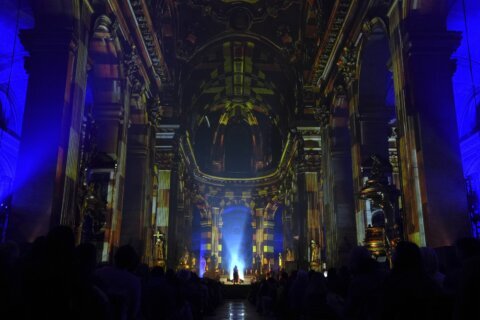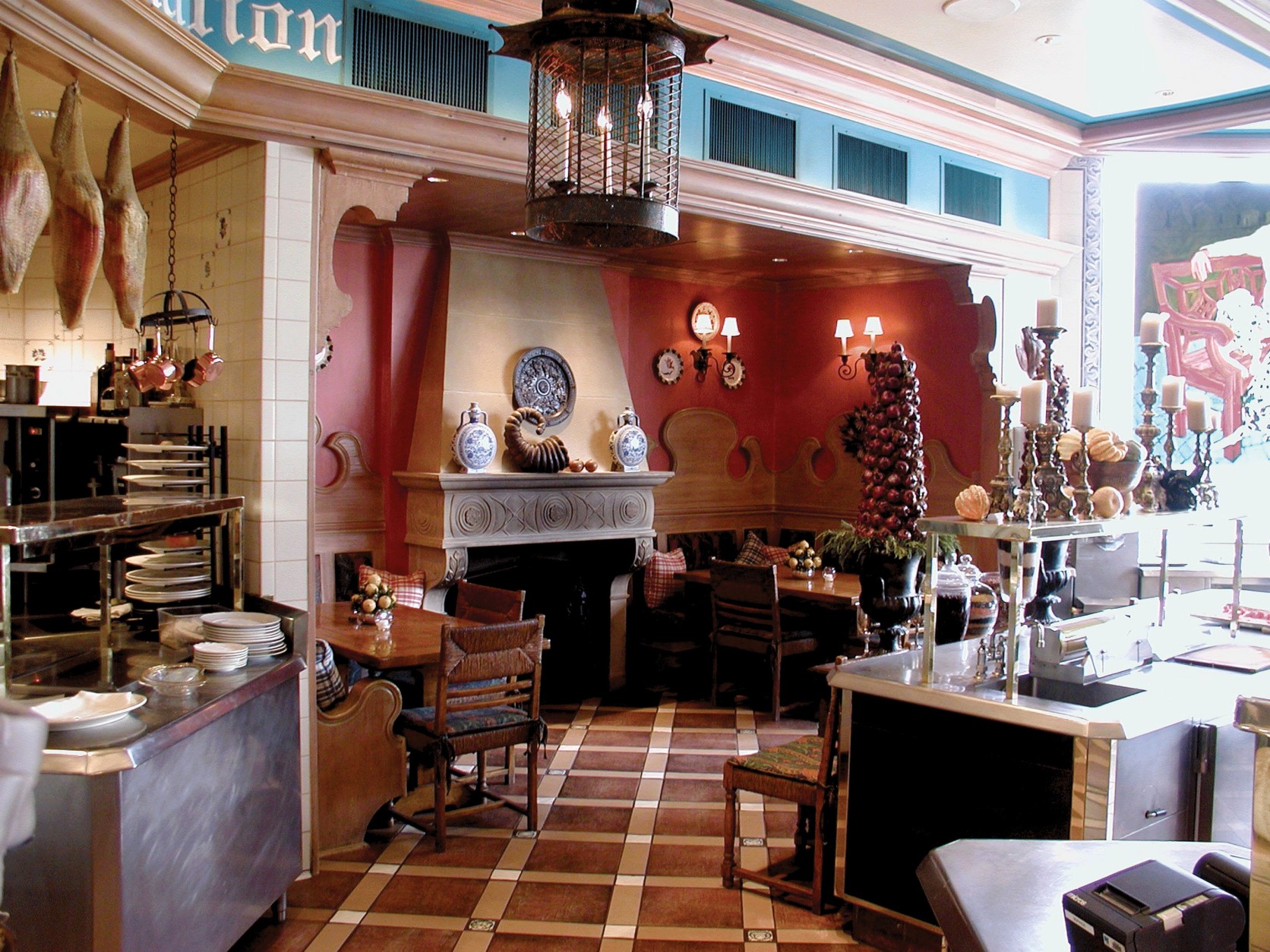
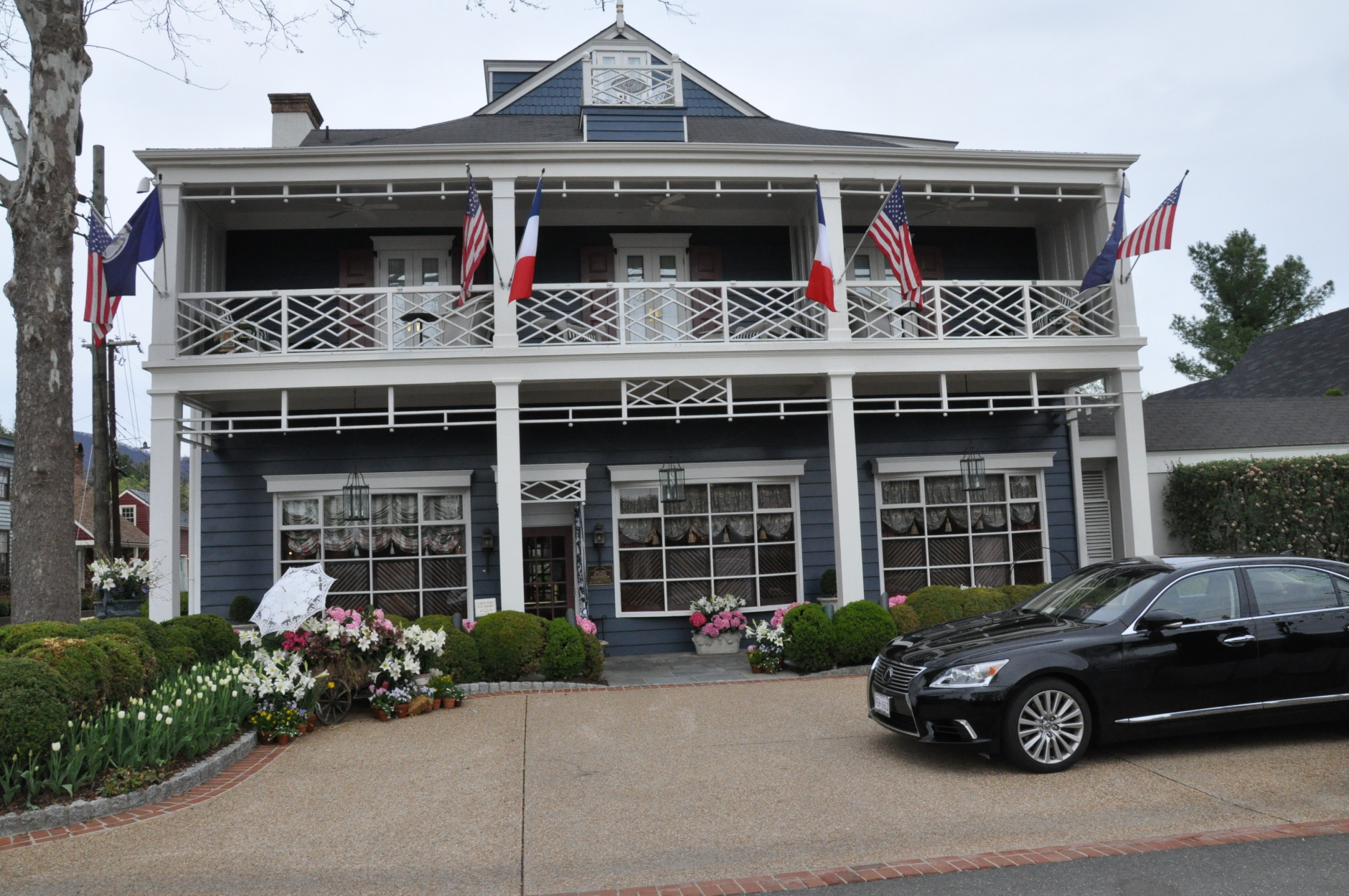
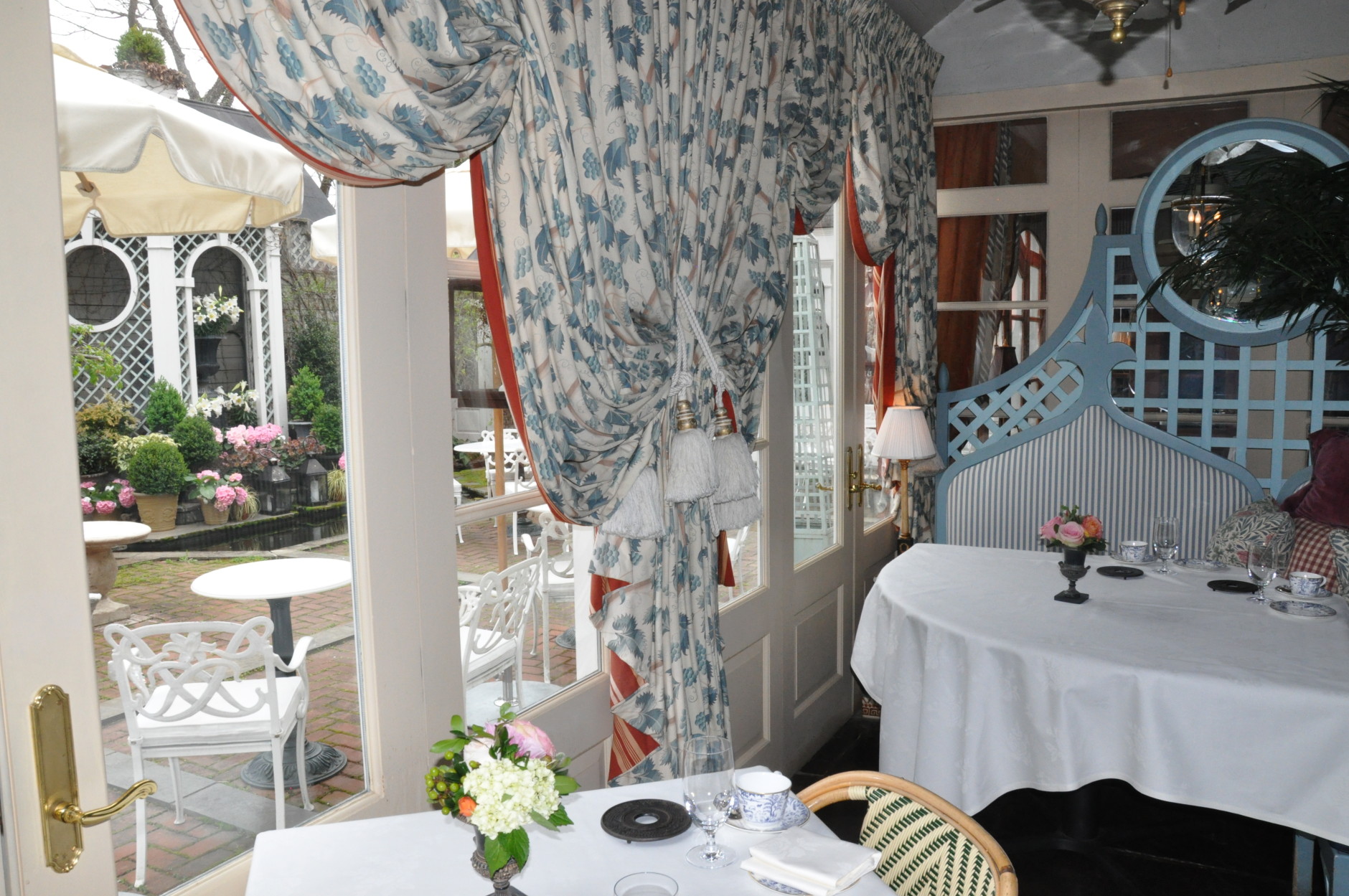
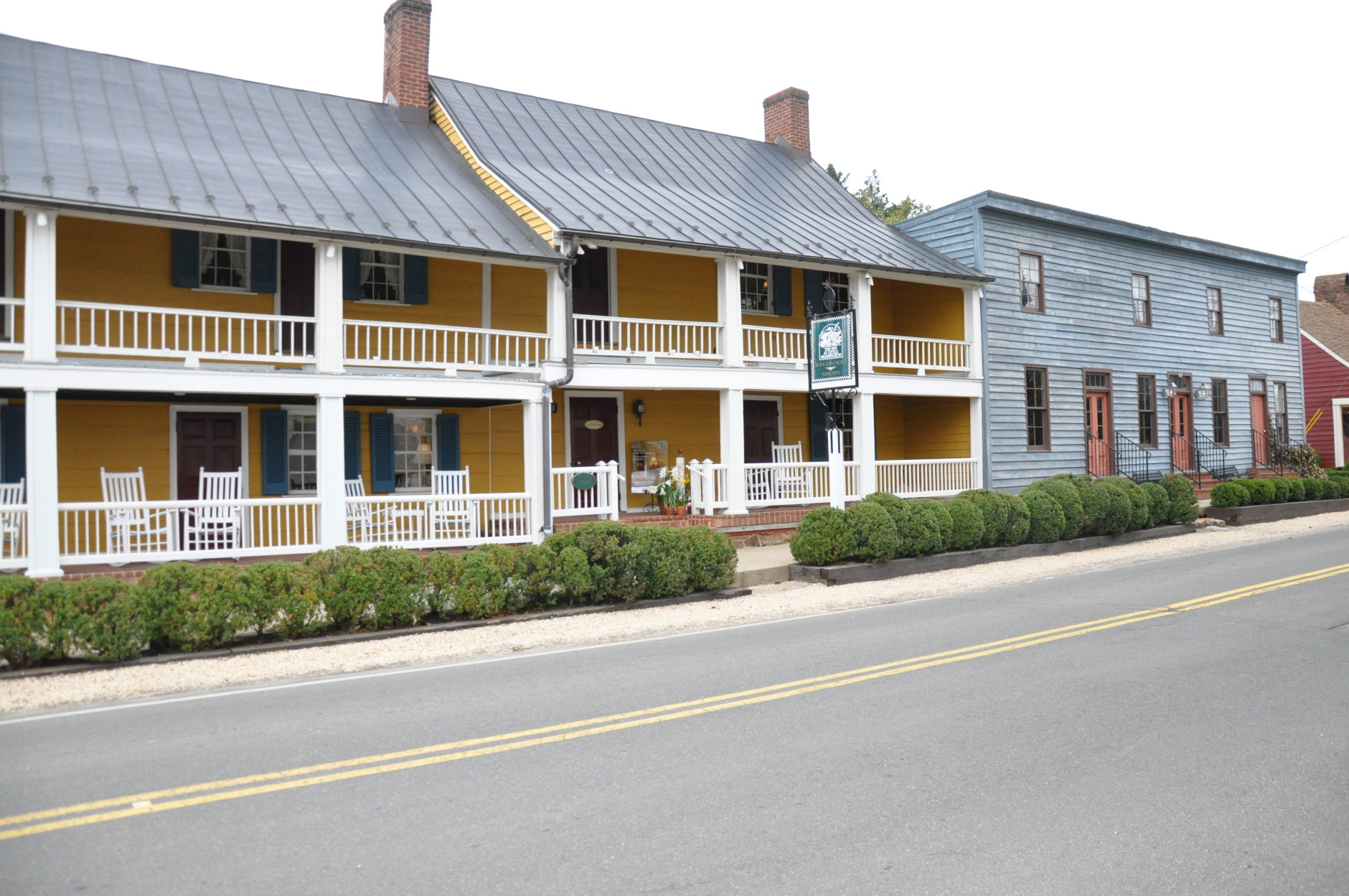
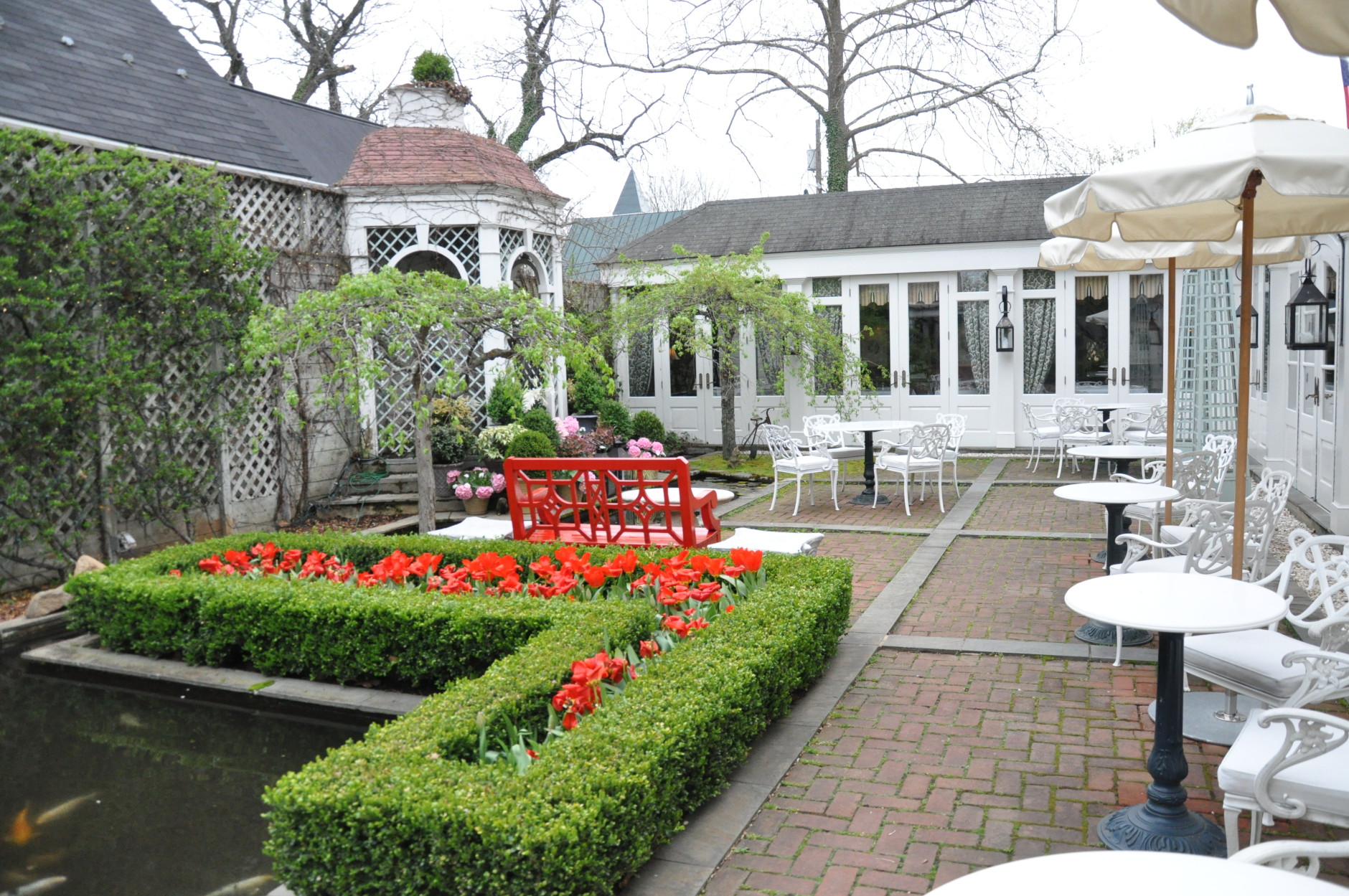
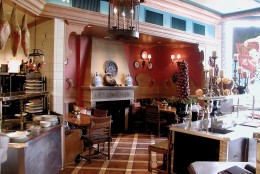
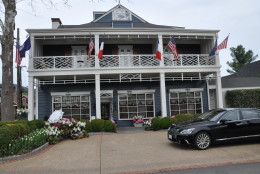
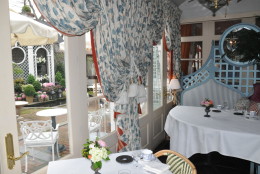
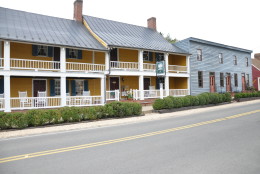
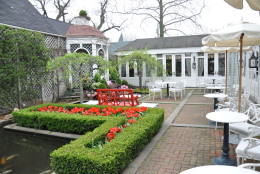
WASHINGTON — Thirty-seven years ago, D.C. native Patrick O’Connell was searching for an affordable space where he and his partner, Reinhardt Lynch, could open a restaurant in Virginia’s Shenandoah countryside.
When an auto repair shop in the tiny town of Little Washington became available, O’Connell and Lynch took a leap of faith. They rented the former garage for $200 a month and converted the front half of the building’s downstairs space into a dining room, which they named The Inn at Little Washington.
Within weeks of opening, The Inn was proclaimed the best restaurant within a 150-mile radius of D.C. By the end of the first year, O’Connell and Lynch bought the building and started building what would one day be considered one of the best restaurants in the country.
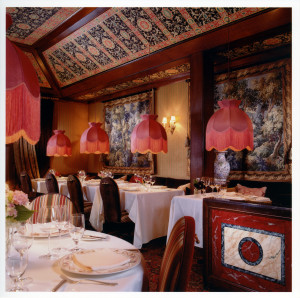
And it all started with a plane ticket.
“I often say the most intelligent thing we ever did, was at the end of the first year … we took all of our pennies and went on a gastronomic pilgrimage to the greatest restaurants of the world,” O’Connell says.
The primary purpose of the pilgrimage was to sample dishes from the world’s most renowned kitchens — many of which were scattered throughout small villages in France.
“Often times, dinner at one of these legendary restaurants cost more than the car we were driving, but we considered the process to be a form of higher education,” O’Connell writes in his new book, “The Inn at Little Washington: A Magnificent Obsession.”
O’Connell was inspired by ingredients, and found the aesthetics of the rural restaurants moved him as well.
“At the time there was not anything, really, in America to look to as a role model or a source of inspiration. [We] did not have a culture of leaving an urban setting and expecting to find a great meal.”
Each January, O’Connell and Lynch embarked on another journey in search of the world’s best food. Each time, they measured the progress of The Inn against Michelin-starred restaurants.
“And then little by little by little, the gap began to narrow,” O’Connell says. In fact, it was only a matter of years until chefs from those world-renowned restaurants began sending their students to The Inn at Little Washington to learn from O’Connell.
“It was as if this amazing circle closed, and simultaneously, America went into overdrive in terms of its culinary consciousness,” O’Connell says.
The cuisine was not the only thing improving at The Inn at Little Washington — the physical space was being refined as well. O’Connell hired architect Albert Hinckley to help reconstruct the 1895 barn-like building, and he teamed up with London-based designer Joyce Conwy Evans to bring the interior to life with whimsical colors, patterns, textures and furniture.
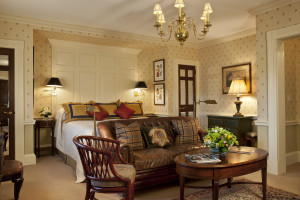
“The food is, of course, expected to be perfection, but we have to reach people on all levels,” O’Connell says. “[Evans] has a kind of magical, fantastical view of the world.”
Today, The Inn at Little Washington is more like a campus consisting of 20 different properties, including cottages, a 6,000 square-foot home, shops, gardens and a farm filled with llamas, sheep, chickens and more.
Guests can spot painted monkeys playing musical instruments on the walls of The Inn’s “Monkey Lounge.” In the dining room, an anatomically correct cow trolley — also known as Faira, the cheese cart — is pushed past diners.
O’Connell, Hinckley and Evans all worked collaboratively on transforming the formerly bat-infested second floor — once a basketball court — into overnight guest rooms named after the world’s best chefs.
O’Connell says one motivation for writing “A Magnificent Obsession” is that these sights often go unseen by visitors who only come to get a taste of the James Beard award-winning restaurant.
“It’s a surprise even for people who have stayed with us, because each space, each room, each dimension is totally different and carefully thought out over many years and has a story to tell,” he says.
At any given time, O’Connell says he and Evans have two or three projects going on — “and four more on the drawing board.”
He adds, “It’s unusual for America to have something that continues to evolve and change and grow as a sort of working art work. That’s what the place has become. It’s never static; it continually is being enhanced by all of the people who come into it.”
When asked about his favorite project over the 37 years, O’Connell doesn’t hesitate a second: It’s the kitchen. It’s where the self-taught chef and owner spends most of his time.
The kitchen, dreamed up by both O’Connell and Evans, is inspired by the one at Windsor Castle.
“Everyone said we were crazy to spend that much money on a space that no one would see — no one would appreciate it,” O’Connell says.
In the preliminary stages of the redesign, O’Connell met with kitchen designers pushing what he calls “very elegant laboratory, kind of spaceship spaces.” The look was too modern to fit in with the 19th century European-style inn.
“It would feel a little bit jarring to walk from one to the other,” he says. “It was essential that the kitchen feel also like one from a great private house of another era.”
The kitchen’s focus is a brass-and-copper hood suspended above a bottle-green-and-brass island range. There is also a fireplace, a beamed ceiling and hand-painted blue-and-white tiles.
“When guests see it, they’re astonished. It’s its own ultimate fantasy world,” O’Connell says.
Along with a more traditional design, O’Connell also wanted to maintain a level of spirituality in the kitchen. He says there has long been a tie between chefs and monks; in the Dark Ages, chefs took refuge in monasteries. In his kitchen, O’Connell has Gregorian chants playing in the background.
The transformation of The Inn at Little Washington has taken decades, and throughout its evolution the five-star destination has won multiple awards — both for its cuisine and its accommodations.
O’Connell says the years invested were necessary; he never intended to rush the property’s progression.
“I always say if you listen closely enough to your ingredients, they will tell you what they want to be. I feel the same applies to an interior space, or particularly to an old house. You don’t ever wish to impose yourself on it; you want to stand back and look at it as it is and imagine how it would like to be transformed — what it would be in its ultimate potential,” he says.
O’Connell likens The Inn to his own personal “landscape portrait” — one he’s not ready to stop painting.
“I think in any art work, and I regard [The Inn] as one, it has to reflect the artists’ state of mind at the moment. So it really can’t be static; if you take your energy out of it, it will die,” he says.
“It began as a restaurant in a rented room of a garage, but it has continued to evolve — and will continue to evolve.”


